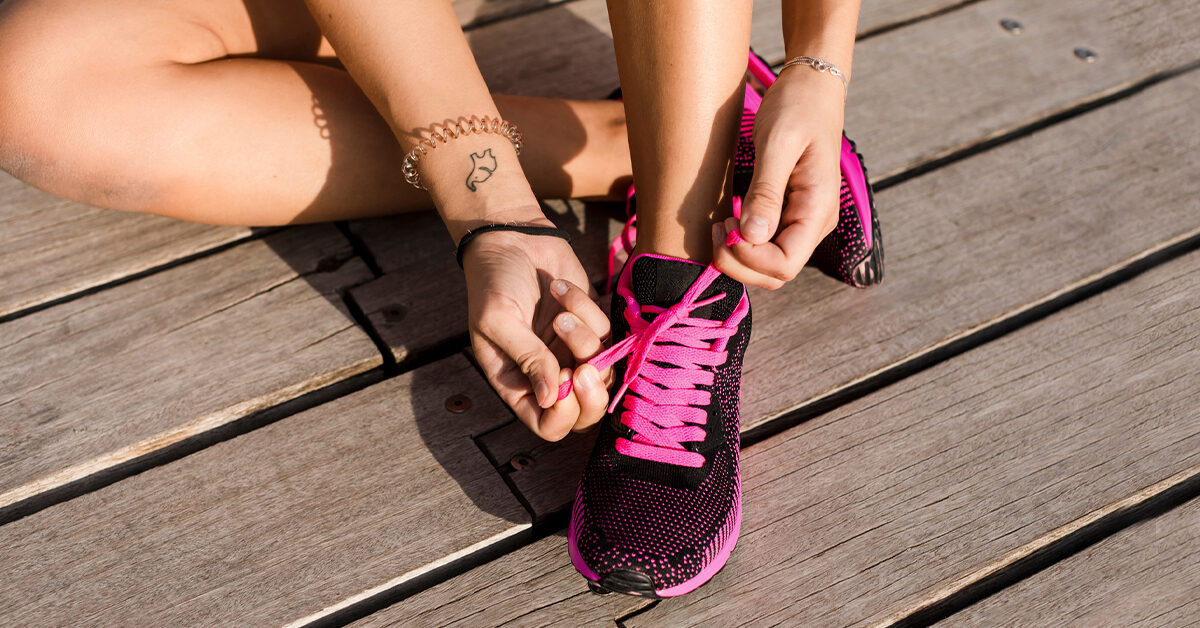- Heel help. A great coaching shoe offers further help within the heels. That is often within the type of a plastic protecting close to the heel, although all corporations supply totally different designs.
- Flexibility. A versatile shoe lets you simply transfer in a number of instructions.
- Bend on the toes. Coaching sneakers ought to enable a bend on the toes. This permits your foot to push off via the forefoot, or the bottom of your toes.
- Wider forefoot. Coaching sneakers must be wider on the forefoot to help lateral actions.
- Cushioning. Buy sneakers that present some cushioning however aren’t too cumbersome. Extreme cushioning may trigger you to land improperly throughout multidirectional actions, doubtlessly leading to a knee or ankle damage.
- Decrease heel-toe drop. A excessive heel-toe drop could enhance the danger of an ankle sprain throughout lateral actions.
- Traction. To permit for secure and fast actions, select coaching sneakers with enough traction on the only real. Ideally, you must really feel the sneakers gripping the bottom when making an attempt to slip your ft throughout a floor.
- Materials. Which materials to decide on ought to largely rely upon private choice. Coaching sneakers usually function a mixture of mesh, plastic, and leather-based or artificial supplies.
In some circumstances, think about shopping for sneakers for a selected sport or exercise. For instance, basketball sneakers function excessive tops to supply ankle help, whereas weightlifting shoes can have an elevated heel-toe drop to help sure lifts (
Comments
0 comments
